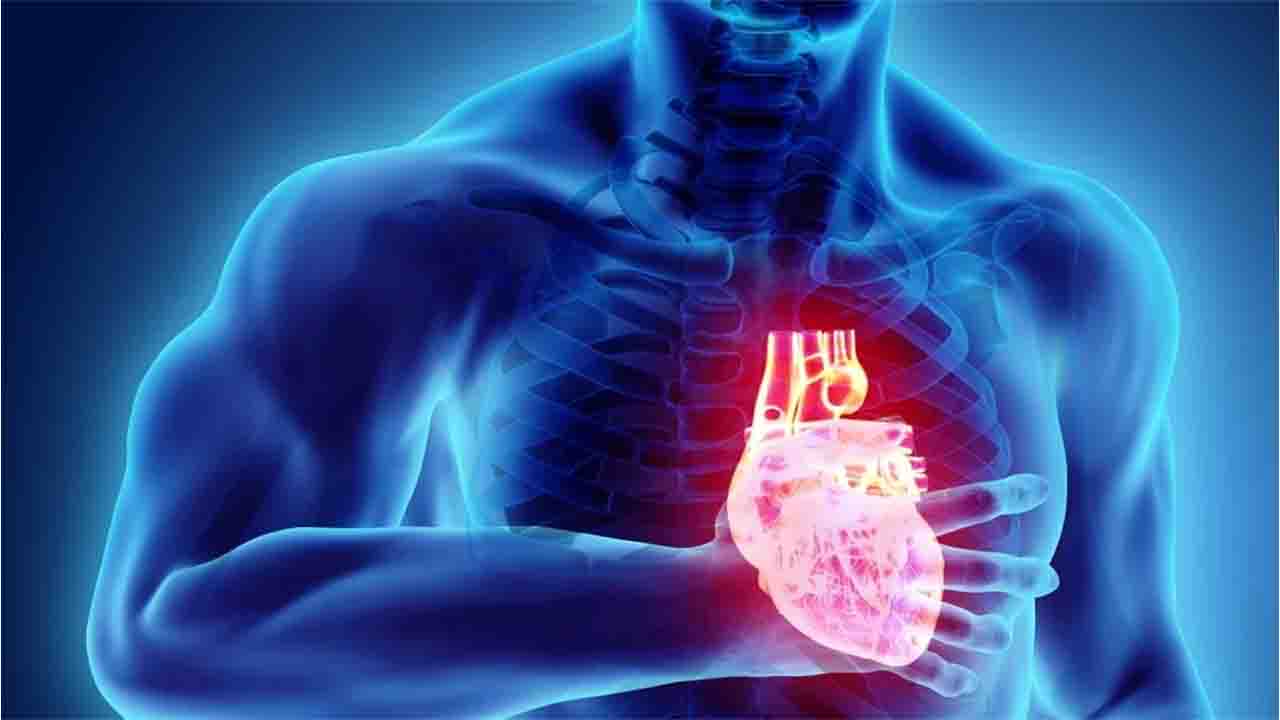Health & Medicine, UK (Commonwealth Union) – Transthyretin cardiac amyloidosis (ATTR-CA) is a rare and potentially life-threatening form of amyloidosis that specifically affects the heart. It is characterized by the abnormal accumulation of transthyretin protein fibrils within the heart muscle, leading to cardiac dysfunction and a range of debilitating symptoms. ATTR-CA has represented a significant medical challenge due to its diverse clinical presentation and the need for early detection and accurate diagnosis.
Recent findings that were published as a letter in The New England Journal of Medicine, have indicated that 3 men, who are 68, 76, and 82 years old, received a diagnosis of transthyretin cardiac amyloidosis but later made a recovery. The findings of symptoms improving were verified by objective analysis that consisted of cardiovascular magnetic resonance (CMR) scans exhibiting that the formation of amyloid proteins in the heart was no longer present.
Professor Marianna Fontana who is lead author from the University College London (UCL) Division of Medicine says “We have seen for the first time that the heart can get better with this disease. That has not been known until now and it raises the bar for what might be possible with new treatments.”
The scientists further discovered evidence of an immune response in the 3 men that precisely made amyloid a target. The amyloid-targeting antibodies were not observed for other patients that had the condition progress as usual.
symptoms following their condition reversed on their own in an unusual case defined by a study team at UCL as well as the Royal Free Hospital.
Professor Julian Gillmore a senior author of the UCL Division of Medicine, Head of the UCL Centre for Amyloidosis, who is based at the Royal Free Hospital, says “Whether these antibodies caused the patients’ recovery is not conclusively proven. However, our data indicates that this is highly likely and there is potential for such antibodies to be recreated in a lab and used as a therapy. We are currently investigating this further, although this research remains at a preliminary stage.”
Transthyretin (ATTR) amyloidosis is a result of amyloid deposits consisting of the blood protein known as transthyretin (TTR). Which is either hereditary or non-hereditary (“wild-type”). The formation of these proteins build-up in the heart is known as ATTR amyloid cardiomyopathy (ATTR-CM). The present treatments on the NHS are usually directed at relieving the symptoms of heart failure, these may consist of fatigue, swelling in the legs or abdomen, as well as shortness of breath with activity. However, they fail to take on the amyloid (despite a series of “gene-silencing” therapies that are presently being trialed that lower TTR protein concentration in the blood and thereby reduce the speed of ongoing amyloid buildup) as indicated in the study.
Innovative methods include those that were initiated at the UCL Centre for Amyloidosis. This has resulted in substantially more individuals being diagnosed with the condition than was the case 20 years back. On prior occasions, the diagnosis required a biopsy that consisted of tissue obtained from the heart.
The imaging methods have further resulted in the burden of amyloid for the heart, and thus the progression of the disease, being more specifically tracked. This simplifies the detection of cases where the condition was reversed, rather than purely staying stable.
The 3 men’s recoveries received its verification with blood tests, several imaging methods that consist of echocardiography, CMR scans, and scintigraphy, as well as, for 1 patient, an evaluation of exercise capacity. CMR scans exhibited heart structure together with a function that had returned to a near-normal state with the amyloid nearly cleared in full.
A detailed evaluation of the records and analysis for the rest of the 1,663-cohort showed that these 3 patients were the only ones who had recovered from the condition.
Researchers indicated that this discovery paves the way for a greater understanding of the condition and possibly better treatments.








